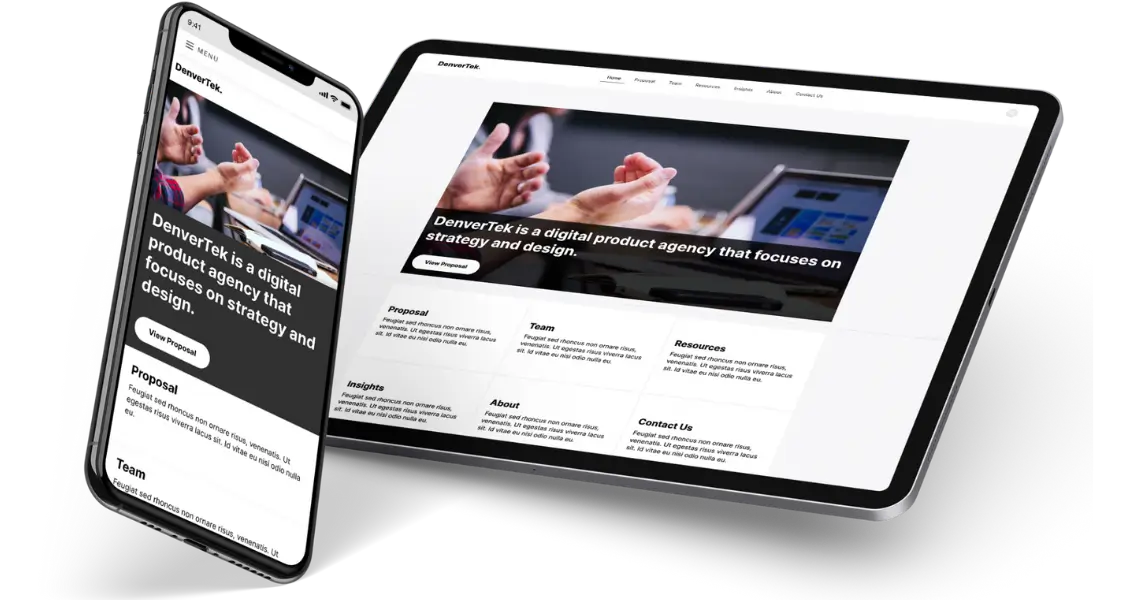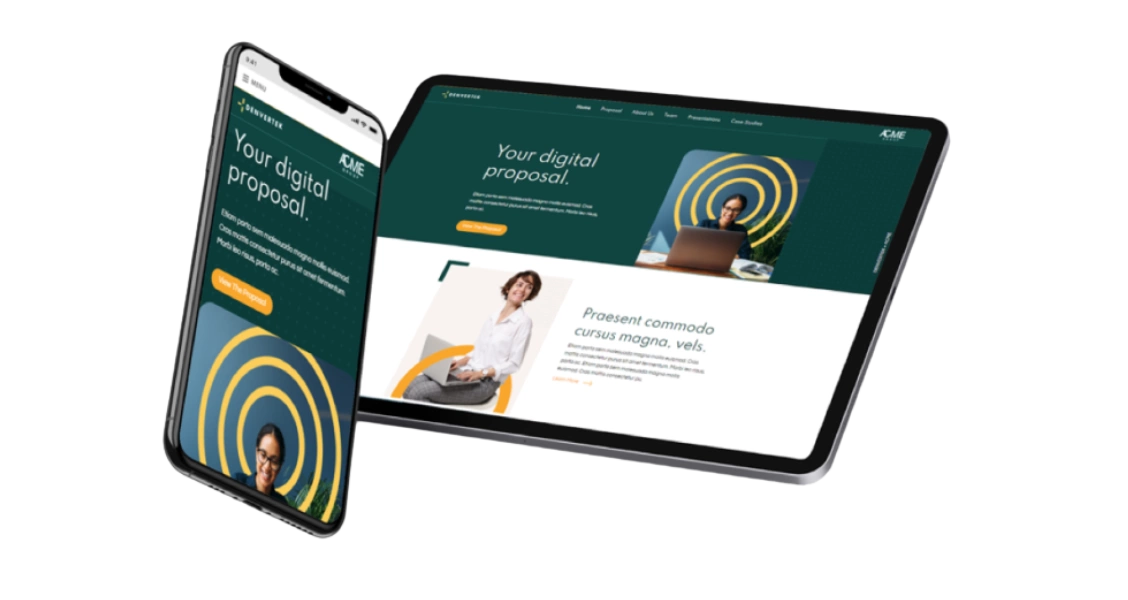What is the key to writing an effective proposal in response to an RFP?
As we’ve discussed in previous blogs, the key to getting ahead in the ultra-competitive world of bids and pursuits is showing that you’re not just another RFP-responder. You need to demonstrate that you stand out from the crowd and have unique capabilities to get the job done. Otherwise – welcome to the slush pile.
In this blog, we wanted to share some interesting uses of our microsite technology that we’ve seen from among our clients. These are ideas that can give your bid an edge and help you write a successful RFP response. But, of course, it’s not an exhaustive list. Every month, Zoomforth clients continue to share innovative best practices with us that are helping them win business in industries as diverse as accountancy, real estate, legal, pharma and IT. We’ll also share some other key tips for writing RFP responses based on what we’ve seen clients not doing right.
Ready? Let’s go.
1. Humanize your team, and your bids, with video in your RFP response
Right now, we’re witnessing an explosion of the use of video in marketing. That’s why we’ve baked full video functionality into Zoomforth. Using our platform, you can record, link or upload videos directly into your digital sales proposals.
Something that can really give your bid an extra edge when writing an RFP response is if you include a team video allowing those thinking of hiring you for the project to get up close and personal.
In the new remote-first environment that we’re all living in, video is one of the most effective ways to forge real human relationships despite the distance between us.
Thankfully it doesn’t take a lot of effort or investment to get started. For the price of a basic camcorder and some microphones, you can put on a basic production and then embed the video pitch.
One of our favorite uses of video: a client put their bidding team in front of the camera to share why they were excited to be pitching for business with the brand they were trying to woo. This is exactly the kind of thing that can help you stand out from the masses.
See here for more video best practices.
2. Mimic your client’s language when responding to an RFP
One of the subtle but clever ways to make sure that your RFP response gets the attention it deserves is to study the way your prospective client sees the world and try to mimic it. We’re not only talking about the language that your prospect uses, although that’s a good start, but also the visuals that they choose to communicate their brand with.
For example, if your client refers to their mission statement as “disrupting the shipping industry” then don’t start writing an RFP response by asserting that you’d be eager to help them “change the name of the game in freight.” Small points of dissonance like this can communicate to your client that you’re not on the same page about their challenges. To win business, you want to show your client that you speak the same language.
That means how you communicate and speak visually too. One of Zoomforth’s most useful features is the ability to set up proposal templates with core content that you can then use to create the bones of a site. From there you can personalize your content, swap in imagery that will resonate with your audience and even add their brand fonts and colors if you wish.
3. Showcase your previous best work in your response to an RFP
Whenever you’re sending in an RFP response you want to highlight:
- How good you are
- How good others say you are
- What you’ve done previously and what results you’ve obtained
It’s usually a good idea to include any relevant work samples alongside your RFP response. As always, these should be presented as attractively as possible by using case studies, graphs, photos, and infographics.
Consider showcasing:
- Video testimonials from your previous clients. These can be short one minute video interviews. If you can get buy-in from your clients to use these, they can be used to support multiple bids. They’re a great ROI asset.
- Embedded PDF case studies.
4. Your RFP response should include thought leadership
Thought leadership involves leveraging your thinking about key industry developments in order to impress prospects with your knowledge and expertise.
Unlike content marketing, it’s not necessarily about driving leads through inbound marketing funnels. Rather, with thought leadership you’re trying to reassure a high-level audience of your competency and vision for the future of your industry.
It’s a good idea to include, alongside your response to the RFP, any relevant thought leadership that you or your organization has authored. Start building this thought leadership library before you require it. Then, link out.
5. Pay attention to the brief to write a successful RFP response
This is, without doubt, the most common cause of frustration among buying audiences.
As we’ve discussed in previous blogs, before responding to an RFP, a whole process has to be undertaken that involves assessing whether the resources and time required to apply can be justified.
During this evaluation phase, have a second pair of eyes available to make sure that the spec set out in the RFP is being understood correctly. It’s much easier to draft properly the first time than it is to revise something based on misunderstandings.
Every RFP response is a chance to shine
In order to maximize your success every time you go through the RFP process, we recommend evaluating each RFP response opportunity on its own set of merits.
The biggest danger for RFP responders: getting into the habit of regurgitating almost the same material for every bid opportunity that comes in the door.
The key to success? Being able to reuse those aspects that remain common across bids —like the skeleton template—and customizing everything else.
Every RFP response is a new chance to find a clever way to get your bid in ahead of the competition. These 5 tips should set you off in the right direction!
To learn how you can create compelling RFP responses with Zoomforth’s no-code microsite platform, request a demo today.



